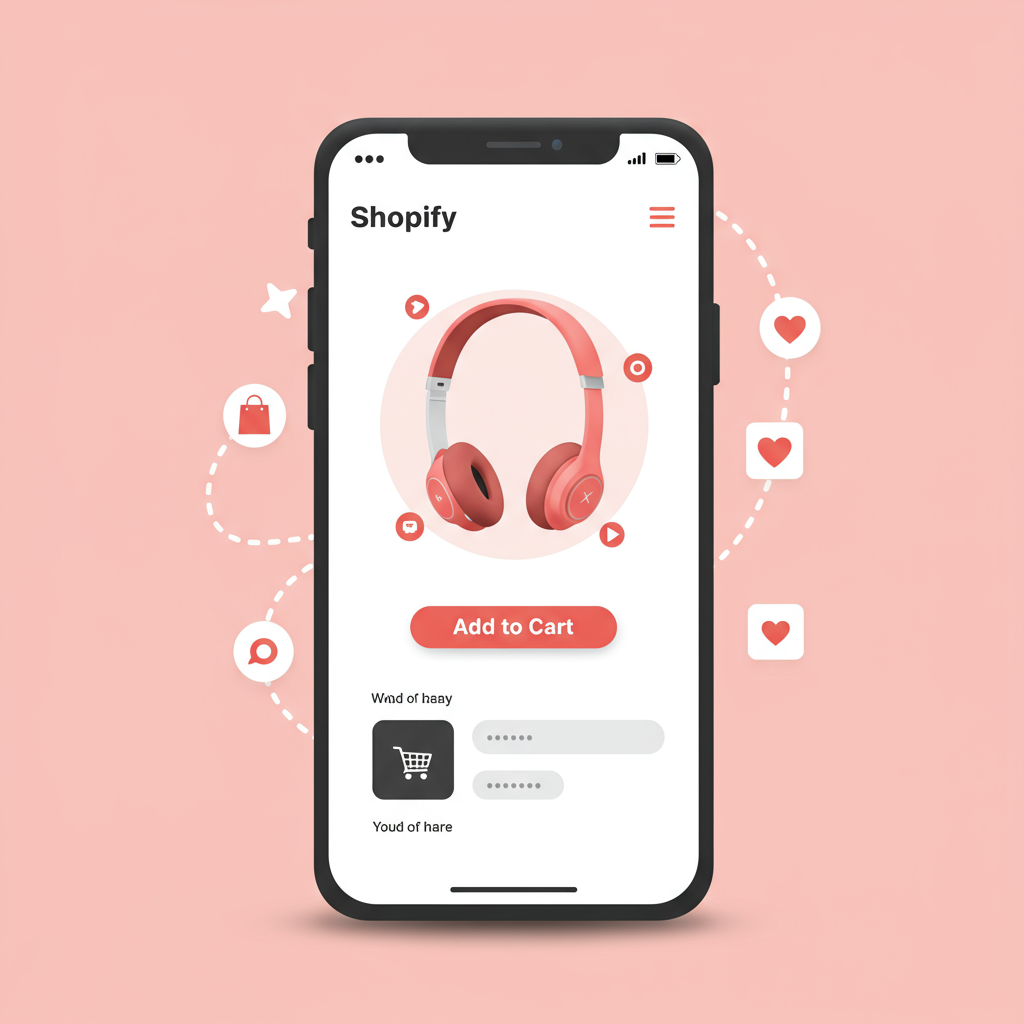Unlock higher conversions and happier customers by prioritizing the mobile experience on your Shopify storefront.
Hello fellow Shopify merchants! Today, I want to talk about something incredibly crucial for your online success: designing a mobile-first Shopify store.
In our increasingly connected world, the smartphone isn’t just a communication device; it’s a primary shopping portal for millions.
Ignoring the mobile experience is akin to closing your doors to a significant portion of your potential customers.
My journey in e-commerce has shown me time and again that a seamless mobile experience isn’t just a nice-to-have; it’s a fundamental requirement.
So, what exactly does “mobile-first” mean? It’s an approach where you design your website for the smallest screens first, then progressively enhance it for larger screens.
This isn’t just about making your desktop site shrink; it’s about prioritizing content and functionality for the mobile user from the ground up.
I believe this philosophy forces you to be ruthless about what truly matters, ensuring a lean, fast, and intuitive experience.
The first step in achieving this on Shopify is selecting the right theme. Many modern Shopify themes are inherently responsive, but some are better optimized for mobile than others.
When browsing themes, I always look for those that explicitly state “mobile-first” or “highly responsive” in their descriptions.
Test the theme’s demo on your own phone. Does it load quickly? Is navigation clear? Are buttons easy to tap? These are my immediate checks.
Next, let’s talk about speed. Mobile users are notoriously impatient. Every second counts. I’ve seen conversion rates plummet with slow loading times.
Image optimization is paramount here. Large, unoptimized images are often the biggest culprits for slow mobile load times.
I always recommend using Shopify’s built-in image optimization or a third-party app to compress images without sacrificing quality.
Consider using next-gen formats like WebP where supported, and ensure your images are appropriately sized for their display area.
Navigation on mobile needs to be incredibly intuitive. Forget complex mega-menus; think simple, clear, and accessible.
A well-placed hamburger menu is often the standard, but ensure its icon is recognizable and its contents are logically organized.
I always strive for minimal clicks to reach a product. Your customers should be able to find what they need with ease.
Product pages are your storefront’s heart. On mobile, product images should be high-quality and zoomable, but also optimized for quick loading.
Keep product descriptions concise and scannable. Use bullet points and short paragraphs. Mobile users don’t want to scroll endlessly.
The “Add to Cart” button must be prominent, easy to tap, and ideally, sticky as the user scrolls. This is a critical conversion element.
My advice for the checkout process is simple: make it as frictionless as possible. Shopify’s native checkout is generally well-optimized.
However, ensure you’re not adding unnecessary steps or fields. Guest checkout options are a must, and integrate popular mobile payment methods like Apple Pay or Google Pay.
I also pay close attention to any third-party apps I install. Do they render well on mobile? Some apps can significantly slow down your site or break mobile layouts.
Always test new apps on a staging environment or a duplicate theme before pushing them live to your main store.
Testing is not a one-time event; it’s an ongoing process. I regularly test my store on various devices – different phone models, screen sizes, and operating systems.
Use tools like Google’s Mobile-Friendly Test and PageSpeed Insights to identify areas for improvement. They provide invaluable data.
Analytics are your best friend. I constantly monitor my mobile conversion rates, bounce rates, and time on site. These metrics tell me where users might be struggling.
If I see a high bounce rate on mobile product pages, for example, I know I need to re-evaluate my images or descriptions.
Iteration is key. The mobile landscape is always evolving, and so should your store. Don’t be afraid to experiment and make small, incremental improvements.
Remember, a mobile-first approach isn’t just about aesthetics; it’s about creating a superior user experience that drives conversions and builds customer loyalty.
It’s about respecting your customers’ time and device preferences.
What are your biggest challenges or successes when it comes to optimizing your Shopify store for mobile? I’d love to hear your thoughts!
By embracing mobile-first design, you’re not just keeping up with the times; you’re positioning your Shopify store for long-term success in the competitive e-commerce arena.
I truly believe this strategy will pay dividends, leading to happier customers and a healthier bottom line.
So, take the plunge, optimize for mobile, and watch your Shopify store thrive!






